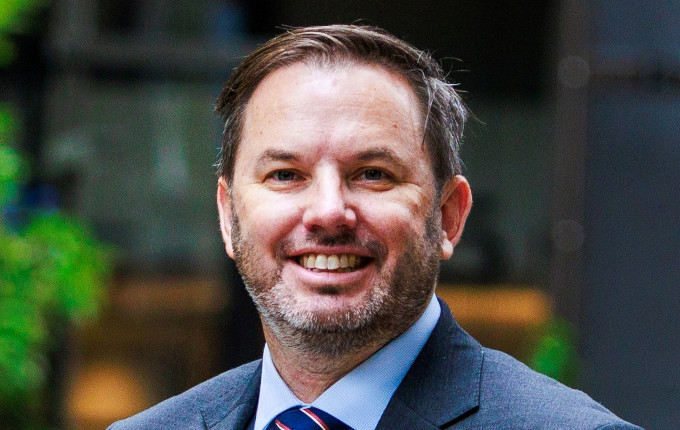Cbus will start to manage more of its Australian large cap equities in-house. We talk to Deputy CIO Leigh Gavin about what this means for the role of external managers and their place in the hybrid model.
Register to Access this Exclusive [i3] Insights Article
Create a free account to access exclusive interviews with asset owners, revealing insights on investment strategies, market trends, and portfolio allocations.
If you already have an account you can Login .
If you have any issues registering an account please send us an email at [email protected].


